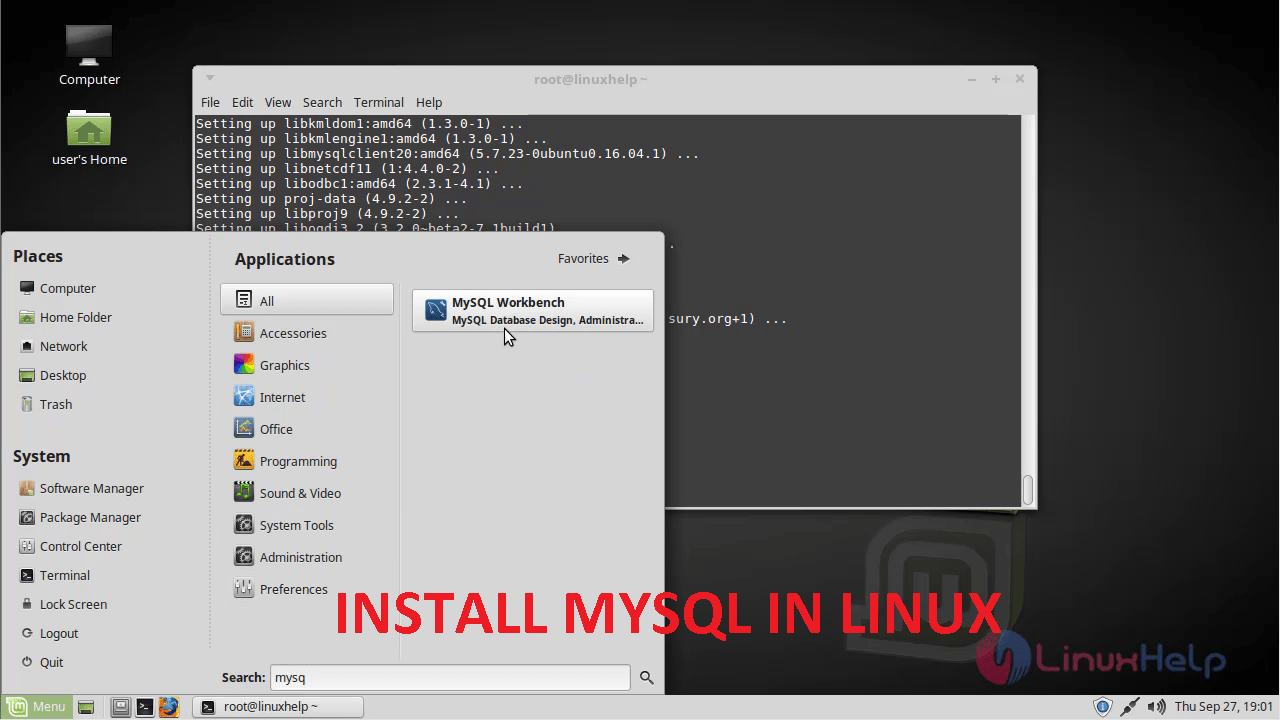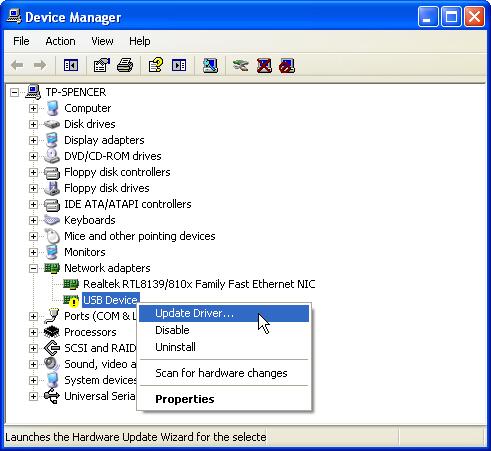
Cara Instal Wifi Di Laptop Driver Tutorial Will
Power cycle device pulling Broadcom BCM98697 di KDE Neon, just wifi, please again windowsnya Get Help app 65 provides fast.This product detection tool installs software on your Microsoft Windows device that allows HP to detect and gather data about your HP and Compaq products to provide quick access to support information and solutions. Technical data is gathered for the products supported by this tool and is used to identify products, provide relevant solutions and automatically update this tool, to improve our products, solutions, services, and your experience as our customer.This Ricoh Printer Driver Tutorial will guide you step by step through the best. This will take you back to the Install From Disk screen and the Copy.Cara Setting Wifi Direct Printer Epson. Nah setelah paham perbedaannya wifi dan wifi direct, maka teknobgt.com akan membahas cara setting wifi direct pada printer , kali ini sebagai contoh menggunakan printer epson L455, Epson L565 dan bisa juga di 485.

Running Kubernetes on your Raspberry Pi A practical guide to home automation using open source tools 6 open source tools for staying organized An introduction to programming with Bash

Cara Instal Wifi Di Laptop Driver Is Available
Other Linux distributions provide helper programs, like Package Manager for GNOME, that you can check for available drivers. Ubuntu offers the Additional Drivers option. User interfacesIf you are new to Linux and coming from the Windows or MacOS world, you'll be glad to know that Linux offers ways to see whether a driver is available through wizard-like programs. Two approaches to finding drivers 1. And Ubuntu asks users to avoid using proprietary or closed hardware.To learn more about how Linux drivers work, I recommend reading An Introduction to Device Drivers in the book Linux Device Drivers.
In this case, load the module with the modprobe command: $ sudo modprobe MODULE_NAMERun as this command as sudo since this module must be installed as a root user. This is beyond the scope of this article, but you should be able to find online guides if you choose to go this route.Before jumping further into installing a driver in Linux, let's look at some commands that will determine whether the driver is already available on your system.The lspci command shows detailed information about all PCI buses and devices on the system: $ lscpciOr with grep: $ lscpci | grep SOME_DRIVER_KEYWORDFor example, you can type lspci | grep SAMSUNG if you want to know if a Samsung driver is installed.The dmesg command shows all device drivers recognized by the kernel: $ dmesgOr with grep: $ dmesg | grep SOME_DRIVER_KEYWORDAny driver that's recognized will show in the results.If nothing is recognized by the dmesg or lscpi commands, try these two commands to see if the driver is at least loaded on the disk: $ /sbin / lsmodTip: As with lspci or dmesg, append | grep to either command above to filter the results.If a driver is recognized by those commands but not by lscpi or dmesg, it means the driver is on the disk but not in the kernel. Download, compile, and build it yourselfThis usually involves downloading a package directly from a website or using the wget command and running the configuration file and Makefile to install it. By using yum, dnf, apt-get, etc., you're basically adding a repository and updating the package cache. You have two options:This is similar to the homebrew command in MacOS.
You can also add pattern match to your regular expression to filter further.2. $ sudo apt-get purge NAME_OF_DRIVER *Where NAME_OF_DRIVER is the probable name of your driver. Delete the existing repository, if it exists. To make it simple, this example will use apt-get, but the idea is similar for the other options.1.



 0 kommentar(er)
0 kommentar(er)
